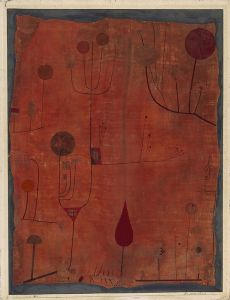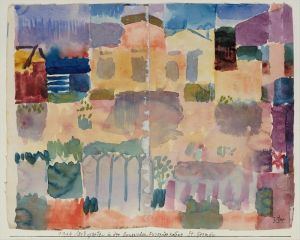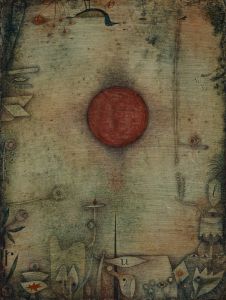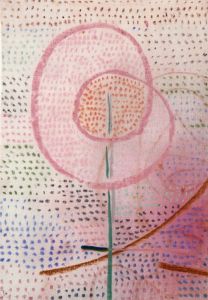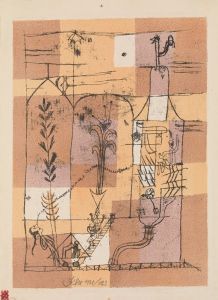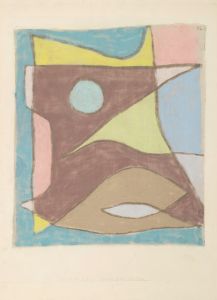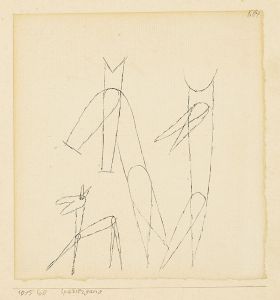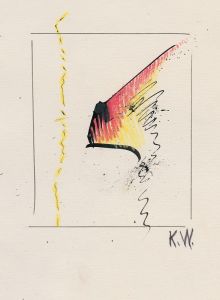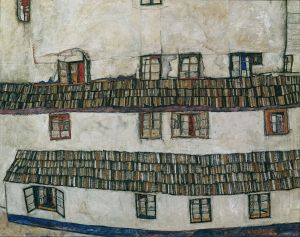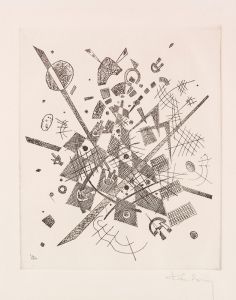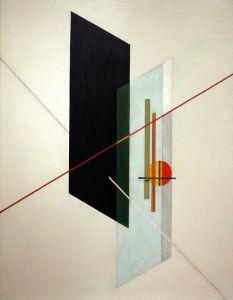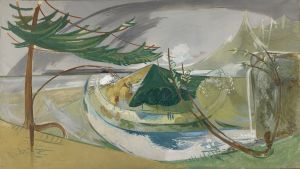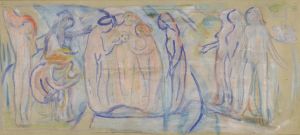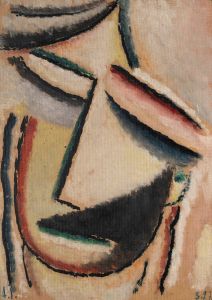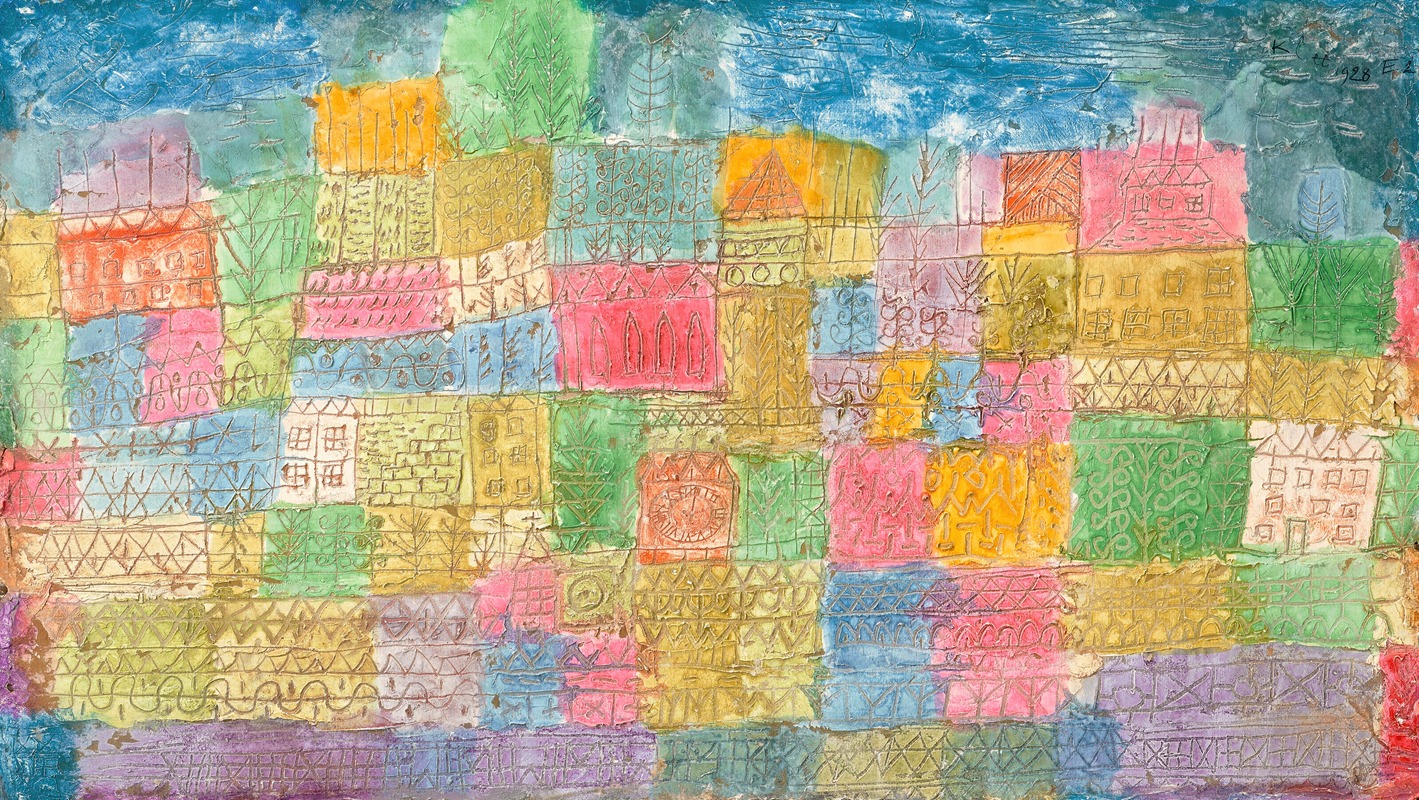
Bunte Landschaft
A hand-painted replica of Paul Klee’s masterpiece Bunte Landschaft, meticulously crafted by professional artists to capture the true essence of the original. Each piece is created with museum-quality canvas and rare mineral pigments, carefully painted by experienced artists with delicate brushstrokes and rich, layered colors to perfectly recreate the texture of the original artwork. Unlike machine-printed reproductions, this hand-painted version brings the painting to life, infused with the artist’s emotions and skill in every stroke. Whether for personal collection or home decoration, it instantly elevates the artistic atmosphere of any space.
Paul Klee's Bunte Landschaft (translated as "Colorful Landscape") is a painting created by the Swiss-born artist, who is widely regarded as one of the most influential figures in modern art. Klee, known for his highly individual style that combined elements of expressionism, surrealism, and abstraction, produced this work during a period when he was deeply exploring the interplay of color, form, and symbolism.
Bunte Landschaft exemplifies Klee's mastery of color theory and his ability to evoke emotion and meaning through abstract compositions. The painting features a vibrant palette, with carefully arranged geometric shapes and organic forms that suggest a stylized landscape. Klee often drew inspiration from nature, music, and his own imagination, and this work reflects his interest in synthesizing these elements into a harmonious visual language.
The exact year of creation for Bunte Landschaft is not definitively documented in widely available sources, but it is consistent with Klee's broader body of work, which spans several decades. Klee's artistic output was prolific, and he often worked in series, experimenting with different techniques and materials. His approach to art was deeply influenced by his teaching at the Bauhaus, where he was a faculty member from 1921 to 1931. During this time, Klee developed his theories on color and form, which are evident in many of his works, including Bunte Landschaft.
The painting is believed to reflect Klee's fascination with the interplay between abstraction and representation. While the forms in Bunte Landschaft are not explicitly realistic, they evoke the essence of a landscape through their arrangement and use of color. This approach aligns with Klee's philosophy that art should not replicate nature but rather reveal its underlying structures and emotions.
As with many of Klee's works, Bunte Landschaft has been exhibited in various galleries and museums, contributing to the appreciation of his innovative contributions to modern art. However, specific details about the painting's provenance, current location, and exhibition history are not readily available in public records.
Paul Klee's legacy as an artist lies in his ability to transcend traditional artistic boundaries, and Bunte Landschaft serves as a testament to his creative vision. The painting continues to inspire viewers with its dynamic composition and vibrant use of color, embodying Klee's belief in the transformative power of art.





